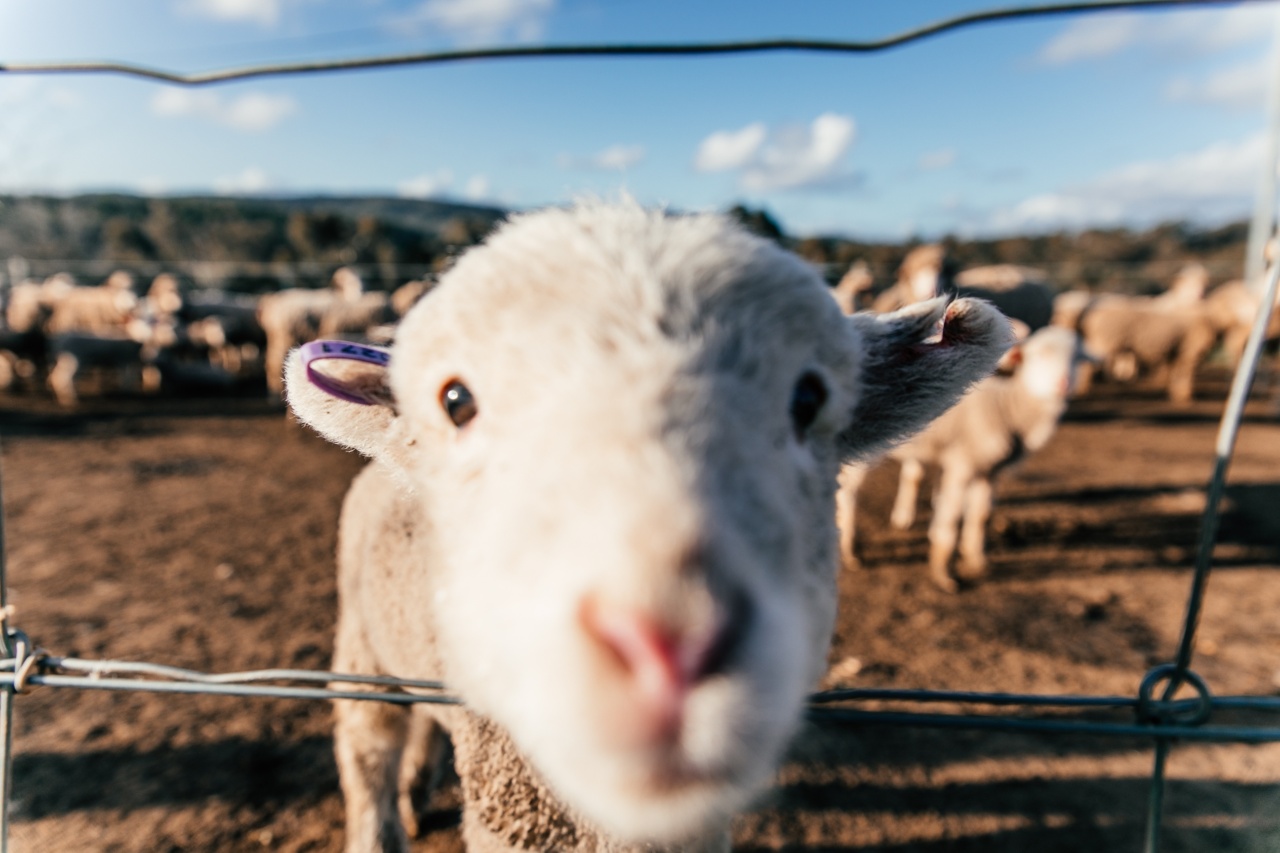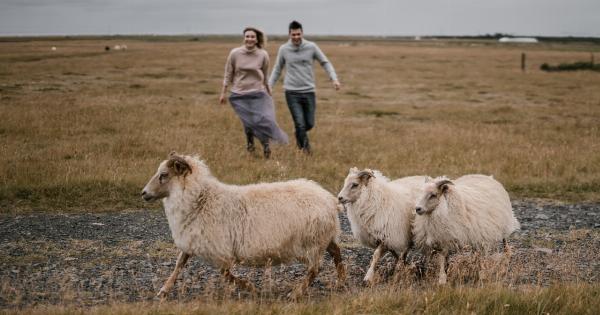In a groundbreaking development, scientists at the University of Edinburgh have successfully bred a group of mutant sheep that are resistant to Bathen disease, a highly contagious and deadly ailment that has plagued the sheep farming industry for decades.
Bathen Disease: A Devastating Threat to Sheep Farming
Bathen disease, caused by a pathogenic virus, has been a significant challenge for sheep farmers across the globe.
The virus spreads rapidly and can lead to severe respiratory distress, high mortality rates, and significant economic losses within affected flocks.
Efforts to combat the disease have been ongoing, but until now, no effective solution had been found. That is, until Dr.
Amelia Roberts and her team of researchers at the University of Edinburgh developed an innovative approach to tackling this long-standing problem.
Introducing the Mutant Sheep Resistance Project
The Mutant Sheep Resistance Project, led by Dr. Roberts, aimed to create a breed of sheep that could naturally resist Bathen disease.
The project employed cutting-edge genetic engineering techniques to modify specific genes in a group of sheep embryos, resulting in the birth of a new generation of mutant sheep.
The Genetic Mutation Behind the Resistance
The genetic mutation responsible for the newly acquired resistance in these sheep is located in a gene called BATHER2.
By altering the BATHER2 gene, the scientists were able to enhance the sheep’s immune response, making them highly resistant to the Bathen virus.
Meticulous Selection Process
Once the mutant sheep were born, the researchers embarked on a meticulous selection process.
Through extensive testing and strict criteria, they identified the most resilient and disease-resistant sheep to serve as breeding stock for the future generations.
Success Rate and Economic Impact
The Mutant Sheep Resistance Project achieved an impressive success rate, with over 90% of the bred sheep demonstrating strong resistance to Bathen disease.
This breakthrough has the potential to revolutionize the sheep farming industry by significantly reducing the impact of the disease.
The economic implications are extensive. With Bathen disease under control, farmers can avoid devastating losses caused by infected flocks.
Additionally, the need for costly treatments, vaccinations, and biosecurity measures will be significantly reduced, leading to a substantial decrease in production costs.
Benefits Beyond Bathen Disease
While the primary focus of the project was Bathen disease, the genetic modification techniques utilized can also have applications in combating other diseases that affect sheep and other livestock.
The knowledge gained through this research could pave the way for further advancements in disease resistance across the agricultural sector.
Ethical Concerns and Public Perception
The creation of mutant sheep through genetic engineering does raise ethical concerns and sparks debate within the scientific community.
Critics argue that interfering with nature in such a manner could have unintended consequences and negatively impact biodiversity. Public perception of genetically modified organisms (GMOs) also plays a pivotal role in determining the acceptance and implementation of these technological advancements.
However, proponents of the Mutant Sheep Resistance Project emphasize that the genetic modifications were carefully targeted and confined to disease resistance.
The project adhered to strict regulations and ethical guidelines to ensure the safety and well-being of the animals involved.
Future Applications and Potential
As the research progresses and more data is gathered, Edinburgh scientists are hopeful that the mutant sheep bred for resistance to Bathen disease will be the first step towards a broader range of genetically modified livestock that can combat a wide array of diseases.
With further refinement and advancements in genetic engineering techniques, the potential to enhance the immunity of livestock to various pathogens is significant.
This scientific breakthrough may serve as a beacon of hope for farmers worldwide, leading to increased food security, improved animal welfare, and ultimately, a more sustainable agricultural industry.































